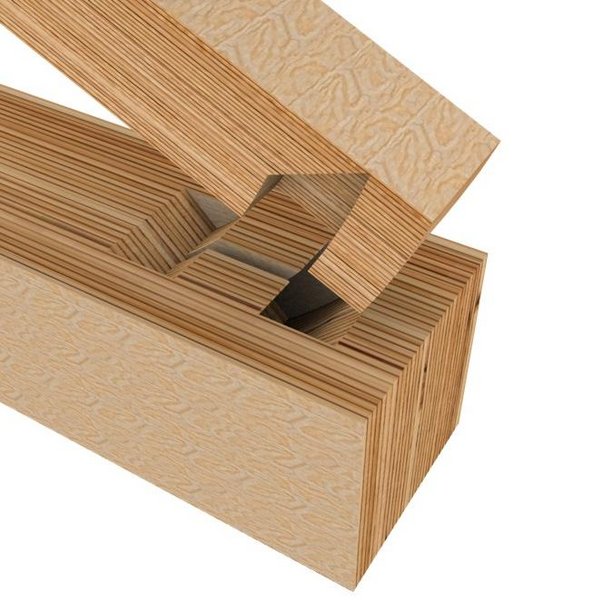Digital Timber Design & Fabrication
Digital timber design and fabrication is a rapidly growing area of research and practice that is transforming the way we think about building with wood. At the intersection of digital technologies, design, and construction, this field seeks to harness the potential of advanced computational tools and automated manufacturing processes to create innovative and efficient solutions for constructing with timber in the built environment.
By combining computational design techniques, robotics, and automated manufacturing technologies, digital timber design and fabrication enables the creation of complex and precise timber elements with reduced waste and increased productivity, making it an increasingly attractive option for the construction industry. Overall, digital timber design and fabrication represents a significant shift in the way we approach building with wood.
![[Translate to English:] [Translate to English:]](https://assets.w3.tue.nl/w/fileadmin/_processed_/4/4/csm_csm_Tom_Godthelp_9722df3559_a17963f454.jpg)

Robotic timber connection
Joren van Laar
Formerly, craftsman architecture was a popular sector in the building industry. In addition to the strength of a joint, the assembly and appearance were also important. However, as mass production became more important, hand-made details disappeared almost entirely in architecture. In recent years, computational design and production capabilities have increased significantly, making it possible to produce complex joints once again.
First, a structural scheme was defined. Since existing joints are mostly used for compression and sometimes some tension, a truss was chosen as the scheme. Several timber joints were designed, and the best option was optimized. The material used is LVL, with various perpendicular veneer layers to resist stresses perpendicular to the grain. The possibilities and limitations of the joint were discussed, and two possible applications were developed. The designed connection was then fabricated by the robot. In theory, the complete joint was to be milled by the robot and then assembled as well. However, due to limitations of the robot, only the model was milled in foam. fterwards, a test model was made in LVL using a CNC machine and was eventually tested in a tensile test.
Creating timber elements with robots
Dolf Muijres
The goal of the research was to create a timber scale model that was constructed using a robotic arm.
The robotic fabrication aspect focused on understanding how the robot works. The robotic tasks were programmed in Grasshopper using the RobotComponents plugin. This component creates a robot path through defined target planes; in other words, it tells the robot to go from point A to point B at a specific speed. The simulation program RobotStudio was used to test these robot tasks, and the complexity of the tasks was gradually increased to better understand the behavior of the robot.
The timber structure aspect focused on creating an optimized model of a timber structure. This started with a parametric design created in Grasshopper. Oasys GSA was used to perform structural checks, and GeometryGym was used to connect Grasshopper with GSA. The data was scripted in a way that everything changed automatically if a parameter was altered, allowing for a rapid optimization phase.


Project Humble Fleggs
Pim van Rijsbergen, Kars Raymakers and Nikola Deliatanasov
Project “Humble Fleggs” is a conceptual design for a transportation hub on the TU/e campus that focuses on rethinking the future of transportation. The overall theme of this particular project is health which is considered in the indoor conditions, encouragement of sports, implementation of greenery and in general by using the egg as a conceptual starting point that symbolizes life giving conditions. The design uses the structural benefits of the egg-shape by applying it in a dome configuration, creating a large open space. By using Grasshopper, a parametric design is made that consists of multiple overlapping egg-domes with varying scales for an interesting composition.
The domes have a structural exoskeleton made from glue-laminated curved beams that are connected to a circular tension beam at the tops. A façade of glass panels and timber cladding is located between the beams. The cladding acts as a support for creeper plants to create a green indoor façade.
To make the fabrication process more efficient the glulam elements all follow the same type of curvature and only differ in scale. They can be curved using a CNC (Computer Numerical Control) machine allowing for more flexibility in element shapes.